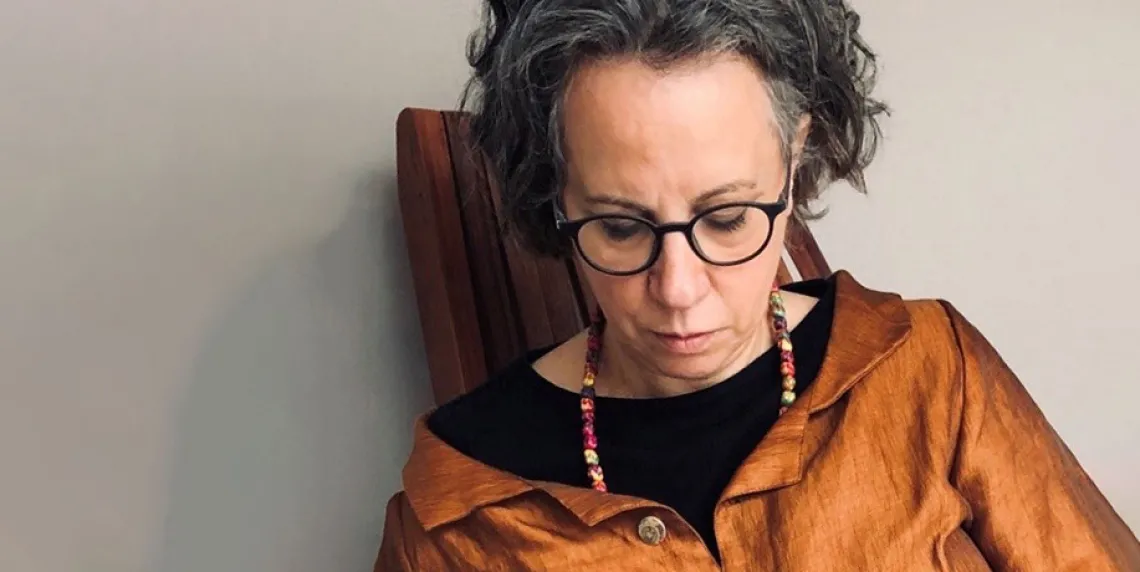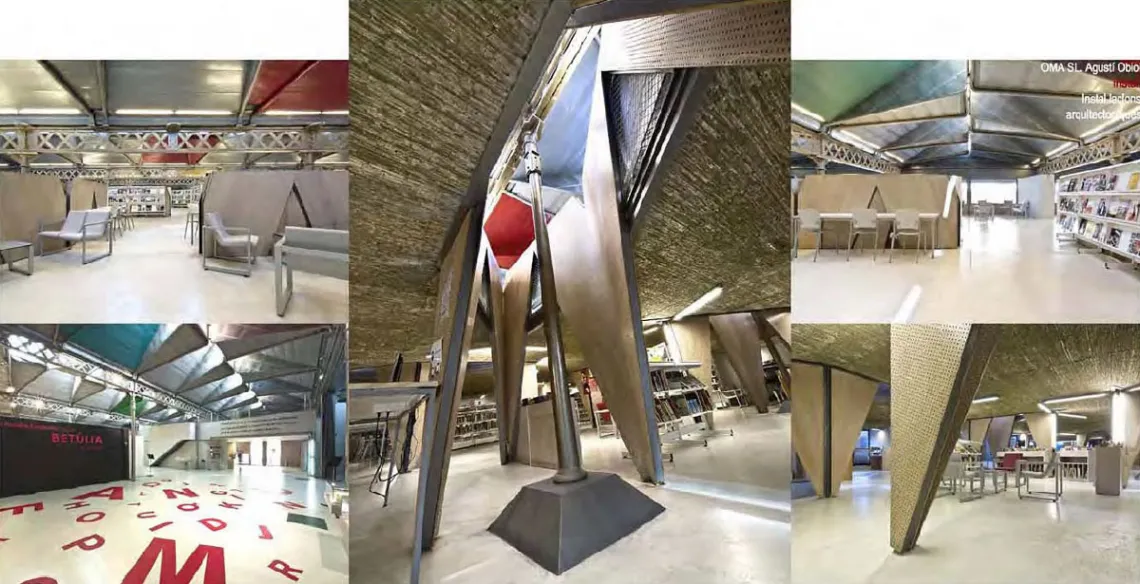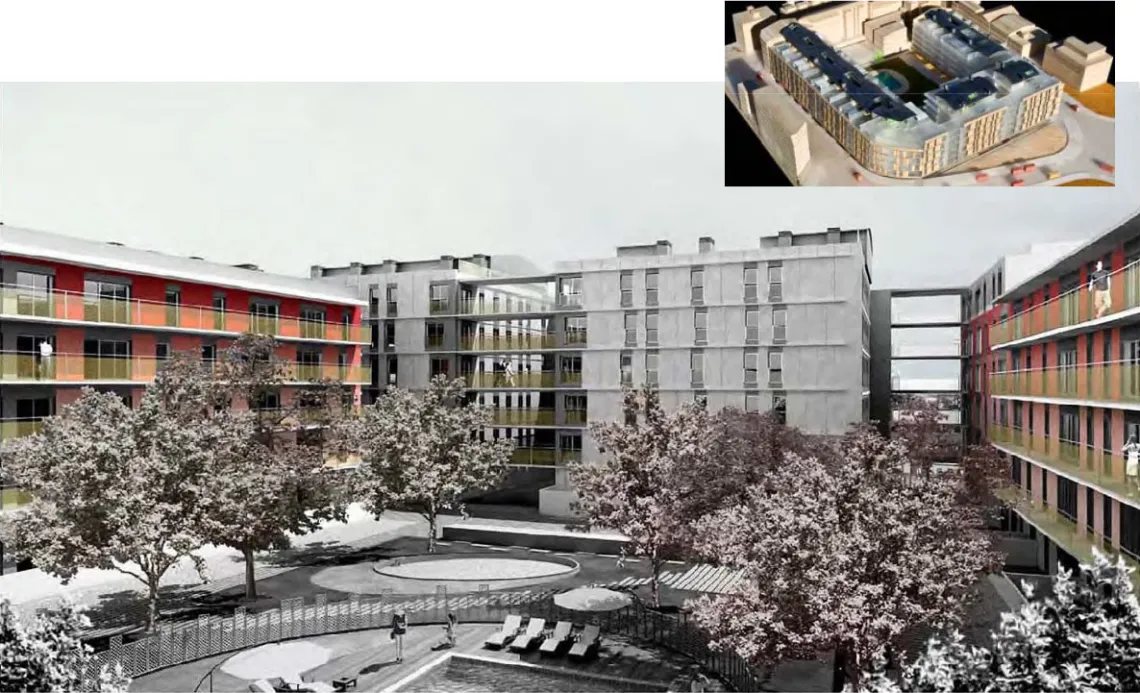Building a Common Vision: Elena Cánovas, Professor of Practice in Architecture

Eight Questions with Elena Cánovas, Professor of Practice in Architecture
“Service is being a part of a community that works together to build a common vision. This is a fundamental role of architects in society.”
What brought you to CAPLA?
I joined the college in 2017 after having visited and reviewed student work at the School of Architecture. Meeting members of the community and visiting the outdoor spaces and the garden of the new building convinced me this was a place where I could deploy my ideas of the role of architecture in public education. I also wanted to learn more about Arizona and the excellent work of the architects in the region.
Tell us about your areas of focus in practice and research.
I am not a “researcher” in the traditional sense. I believe that design and architectural practice can be a form of research. My areas of focus in practice and research are related to architecture, urban design and public space in the many scales that can be developed. The urban life and the contrast between dense and low-density cities and the consequences in their public spaces is something I have been interested in since I came from Barcelona to teach in the U.S. in 2003. Cities and urban settlements need to be more equitable and accessible while also facing the challenges in climate and energy. I am now working in a project with recent CAPLA Bachelor of Architecture graduate, Bianca Bryant, on a project in Tucson. The project rethinks the design of a major roadway in Tucson. It begins with the idea of changing a name of a street as a catalyst for a deeper understanding of the meaning of a place, how its morphology would change as a consequence. “From Speedway to Saguaro Boulevard” is the opportunity to enhance the environmental qualities of mobility and connectivity in the city.

Transformation of a modernist former factory into a public library and exhibition space in Badalona. Images by Elena Cánovas.
What is your current service work and what most excites you about this work?
To me, the fundamental meaning of service is to be part of a community that works together to build a common vision. This is a fundamental role of architects in society and we must revise the simplistic vision of the “business of architecture” and architecture for the mass media that occurred in the 1990s until the economic crisis of 2008.
Tell us about your architecture practice.
I practiced as architect and urban designer out of my office in Barcelona until 2018. Now, I have a research/design-based studio that allows me to have independence in choosing the projects based on where I am physically, such as the “From Speedway to Saguaro Boulevard” in Tucson, “Saint Louis Public Space Chances” in Missouri and small housing design and renovation projects in Barcelona.

Preliminary, basic design and implementation of the housing project, commercial spaces, and car parks in the Passeig de la Generalitat-Av. Païssos Catalan-Calle Virrei Aviles, VIC, Barcelona. Images by Elena Cánovas.
What are you currently teaching, and what do you most enjoy about teaching?
This semester I am teaching and coordinating the second year B.Arch design studio and B.Arch/M.Arch option studio, Emergencies and Urgencies, where we are working in Nogales, Arizona. The students are designing with a holistic approach, and on several scales of analysis, an “urban catalyst” that contemplates and addresses the restitution of the wash and green corridor in downtown, the region, the city, the border and the social diversity of the city. The goal is that they take agency of their architectural approaches.
I have also been preparing the Barcelona Abroad program for CAPLA and I am hoping it will happen soon. Finally, I am very excited to be part of the recently initiated Urban Agency cluster in the B.Arch program, addressing issues of architecture, urban design and public space, and social equity and diversity. My contribution will include a seminar on public space and urbanity and the thesis studio capstone.
I understand teaching as a conversation. I enjoy seeing how students grow over time and how they work hard to understand (and position themselves) as architects in this changing world. Contemporary education should prepare students to understand their context in a broader sense, to set up new questions and to develop responses. An open understanding of context is not restricted to “the site” but also includes considerations such as building technologies, new materials, environmental awareness, urban renewal, diversity and social equity.
How do you bring your research, service and practice into your teaching?
All of these are facets of my interest in architecture and design: how can we adapt architecture to the times, and how can we improve our cities and the way we live? Teaching is a great opportunity to share my research and experience in practice. I believe that architectural pedagogy should be based on cultural awareness, technical concerns and acknowledge of communities and places.

Fortification re-use in Cascais, Portugal. Image by Elena Cánovas.
What are you most passionate about?
My passion is architecture and how we build and use cities. I learned how to communicate and to think with drawings, and I want to learn more. I am very interested on seeing how we can collaborate as architects to build a better world. In the second half of the 20th century, architects and architecture sometimes lacked a critical attitude that we need to restitute.
What does the CAPLA experience mean for you?
I think education is fundamental and it is much more than an “experience.” Universities are our alma mater and everybody with interest and capacity should have the opportunity to become a better person and citizen in the academic context.
To learn more, view Elena Cánovas's faculty page.



